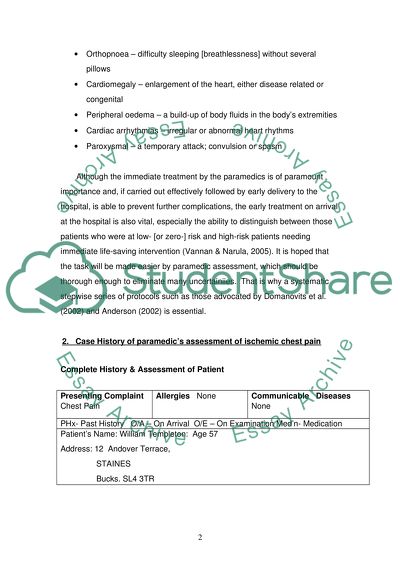Cite this document
(“Case Study( Paramedics assessment) Essay Example | Topics and Well Written Essays - 2500 words”, n.d.)
Retrieved from https://studentshare.org/environmental-studies/1416031-case-study-paramedics-assessment
Retrieved from https://studentshare.org/environmental-studies/1416031-case-study-paramedics-assessment
(Case Study( Paramedics Assessment) Essay Example | Topics and Well Written Essays - 2500 Words)
https://studentshare.org/environmental-studies/1416031-case-study-paramedics-assessment.
https://studentshare.org/environmental-studies/1416031-case-study-paramedics-assessment.
“Case Study( Paramedics Assessment) Essay Example | Topics and Well Written Essays - 2500 Words”, n.d. https://studentshare.org/environmental-studies/1416031-case-study-paramedics-assessment.


